Fashion Photography Tips: How to Photograph Clothes for Instagram
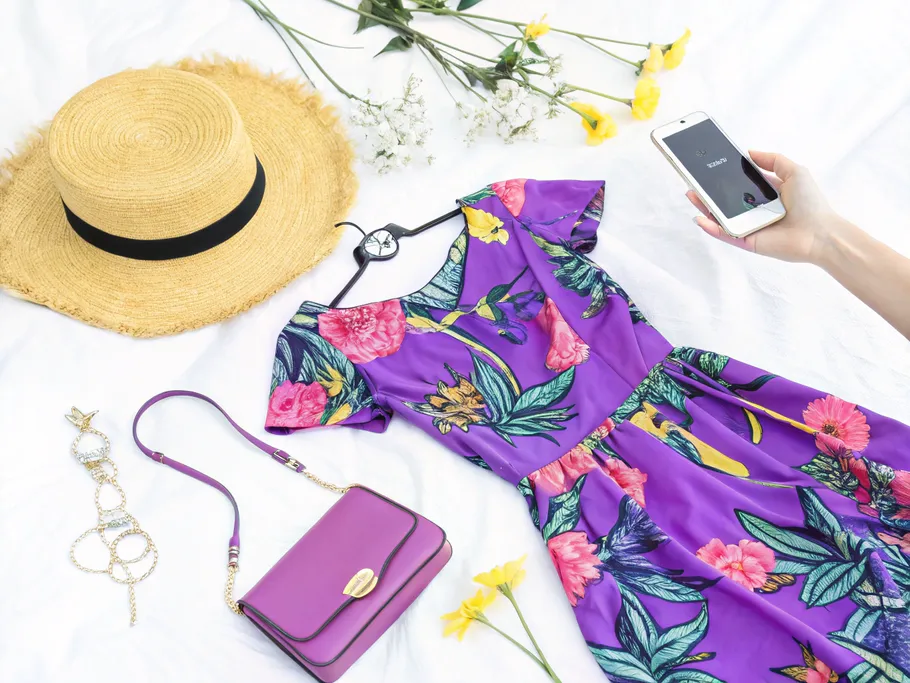

So, you're dreaming of launching a clothing brand on Instagram, or maybe you're trying to breathe new life into an existing one. Here’s a little secret: your clothes could be woven from gold, but if your photos look like they were taken on a potato, nobody’s going to buy them. To grab a buyer's attention, you need images that don't just show a product, but tell a story.
It’s not enough for beauty to exist; it must be unveiled. This isn't just about having a creative mind; it's about learning to sculpt with light, frame shadows, and make your audience feel something. Let's get into the right methods and some crucial fashion photography tips to make your feed look irresistible.
One of the most powerful tools in your arsenal is the flat-lay collage. It’s the go-to for a reason. You can flat lay pretty much anything, from custom T-shirts to jeans and dresses. Brands love this technique because it lets them style a complete outfit, showing customers exactly how to mix and match their pieces.
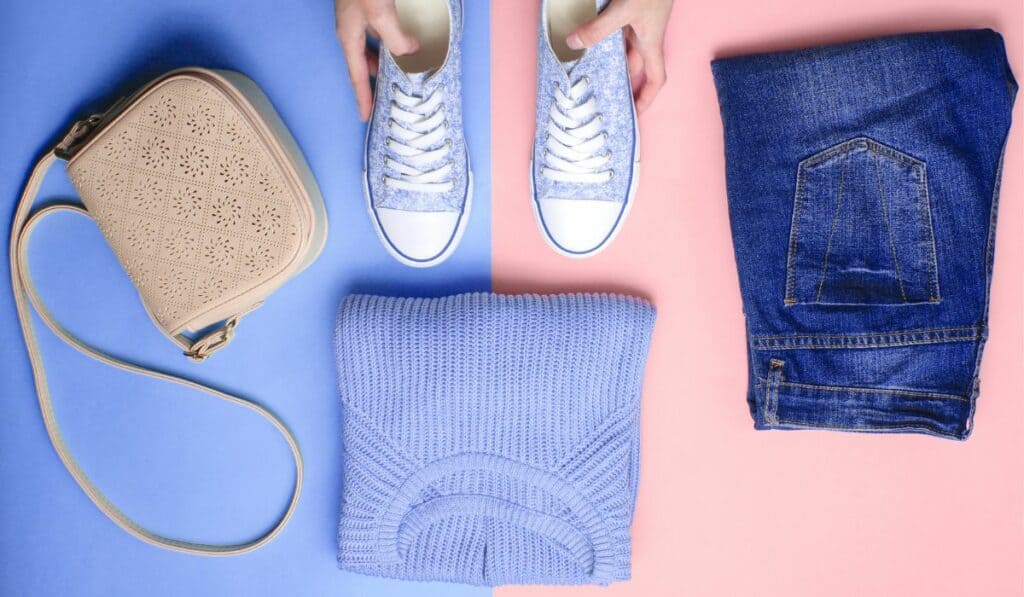
The beauty of the flat-lay is its deceptive simplicity. You don't need a Hollywood budget, just a flat surface—a floor, a table, or even some clean white cardboard. But don't be fooled. While it's accessible, its effectiveness hinges on getting the details right. Research shows that even minor imperfections like wrinkled fabric or poor lighting can kill the vibe and hurt sales.
Think of it as visual storytelling. You’re not just selling a shirt; you’re selling a lifestyle.
Any camera works, but a professional one gives you more control over editing and the final shot. If you're ready to upgrade, check out this guide on the Best Camera For Instagram. But first, make sure you understand the pros and cons of using a camera or phone for Instagram content before you invest.
Snapping from a high angle is a great start and leaves room for text overlays. But don't get stuck in a rut. Experiment with different angles and perspectives to add depth. Try a side angle or a close-up on the fabric's texture. The most important clothing photography lighting techniques involve ensuring your shots are well-lit and in sharp focus, whether you're using natural light from a window or a simple lighting setup.
Here are a couple of quick examples of how to style an outfit.
Formal Outfit Shot for Men’s Clothes
Trying to sell formal men’s apparel? Here’s how to make it pop. Find a clean, flat surface (white is always a classic choice). Lay out a formal shirt, bowtie, black pants, leather shoes, motif socks, and a sharp blazer. The trick is to arrange everything neatly. You're not just arranging clothes on a piece of cardboard; you're meticulously crafting the "gentleman vibe" for your audience.
Casual Outfit Shot for Women’s Clothes
For casual women’s outfits, the same flat-lay photography tips apply. Use a white background, or get creative with a pantone color that fits your brand’s aesthetic. For a summer collection, you could place a floral dress with jewelry, sunglasses, a summer handbag, and sandals. Feeling extra? Toss in a few small flowers to really sell that playful summer breeze. The goal is a trendy, effortless look that makes your target customer stop scrolling and start shopping.
Alright, let's get down to business. You know what a flat lay is, but how do you make yours the one that stops the scroll? Here are the insider fashion photography tips you need.
Here’s a thought: don’t just show clothes, showcase legends. Your best products are the ones that already have a fan club—the items that drive sales and get all the clicks. These are your heroes.
To make this easier, create a mood board. Think of it as casting for a movie. And please, don't let your accessories steal the show. A cool necklace is great, but it's a supporting actor. The clothing is the star. Keep the main thing the main thing.
Take a ton of photos. Seriously. Shoot different combinations, move things around, and play with the layout. This gives you options, which is always a power move. Capture the front and the back. Then, get closer.
Zoom in on the details that make your product special—the unique buttons, the quality of the stitching, the texture of the print. Give your audience a full tour. The more shots you have, the better your final choices for Instagram will be.
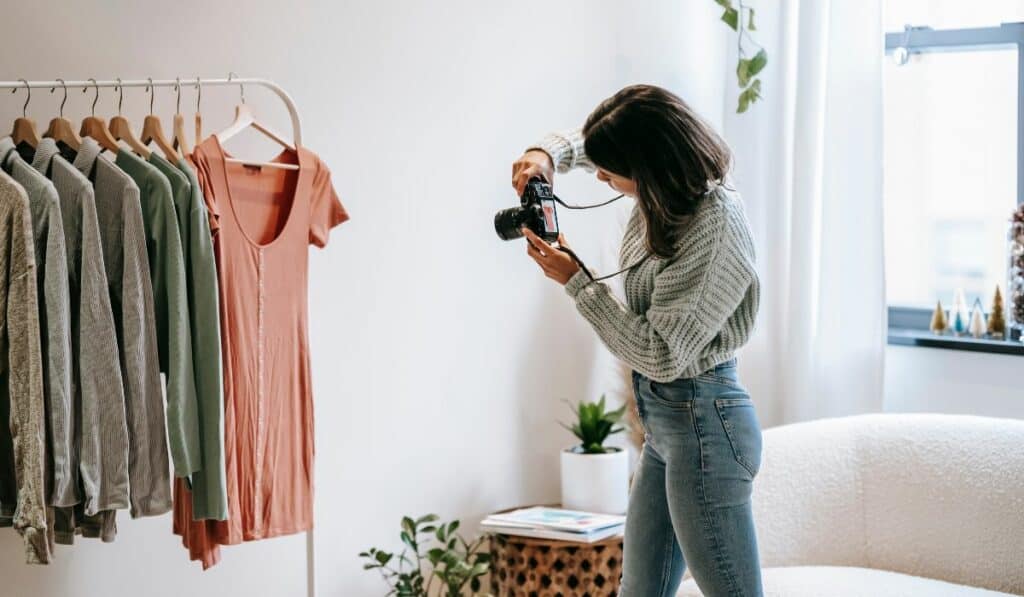
For that classic, clean flat lay clothing photography look, you need to shoot from directly above—a perfect 90-degree angle. The easiest way to do this is to stand on a stool or a sturdy chair to get the height you need.
No stool? No problem. You can lay the clothes on the floor and stand over them, holding your camera as steady as possible. A shaky hand here will give you blurry, unusable junk, so be careful. Another clever hack is using a GoPro. You can connect it to your phone and control it remotely, which is perfect for getting that stable, top-down shot. To get the most out of it, you should probably check out the Best GoPro Settings For Instagram.
Everyone will tell you that natural light is the holy grail of photography. And they're not wrong. That soft, dreamy light during the "golden hours"—the first hour after sunrise and the last before sunset—is pure magic. It’s the best lighting for Instagram photos because it creates soft shadows and makes everything look gorgeous.
However, relying only on Mother Nature is a rookie move. What happens when it's cloudy or raining? Your photoshoot gets canceled. For consistent, professional results, you need to master both natural and artificial light. According to photography experts, while natural light provides a beautiful aesthetic, artificial light gives you complete control, allowing you to shoot anytime, anywhere, with predictable results.
This is where your clothing photography lighting techniques come into play. You can start with lamps you already have, or invest in a simple photography lighting kit. These are game-changers for getting crisp, well-lit shots every single time.
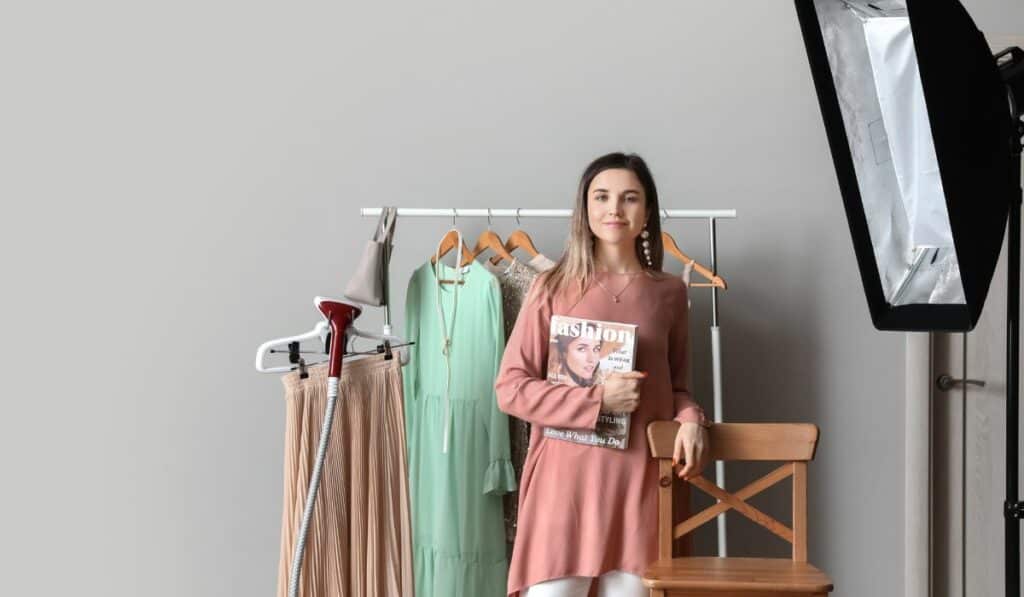
You can even purchase or DIY a photo light box, which is perfect for smaller items. And if it all feels like too much, do what the pros do: hire a professional. It's common for brands and Instagram influencers to hire photographers to get the job done right.
A busy background is a death sentence for a product photo. It's distracting, messy, and screams amateur. You need a simple, neutral background to make your clothes the undeniable center of attention. Think plain walls, solid-colored sheets, clean floors, or even large pieces of cardboard or paper.
You can also use a mannequin or a model, but keep the background minimalistic. If you feel the itch to get creative with patterns, go for it—but never let the background overpower the product.
Don't post a photo straight from your camera. Ever. A little editing can elevate a good photo to a great one. There's a quiet joy in experimenting with apps like Lightroom, VSCO, or Snapseed to find what makes your image truly shine.
Play with the filters and effects to develop a unique, consistent look for your brand. But remember, editing is for enhancement, not for miracles. You can't fix a blurry, poorly lit photo with a filter. Get the shot right in the camera first, and then use editing to add that final layer of polish and magic.
Look, Instagram is a ridiculously powerful platform for promoting clothing brands. It’s a visual playground where you can show off your products, link to your online store, and even build a shop right on the app. But to actually make money and not just waste your time, you have to do it right.
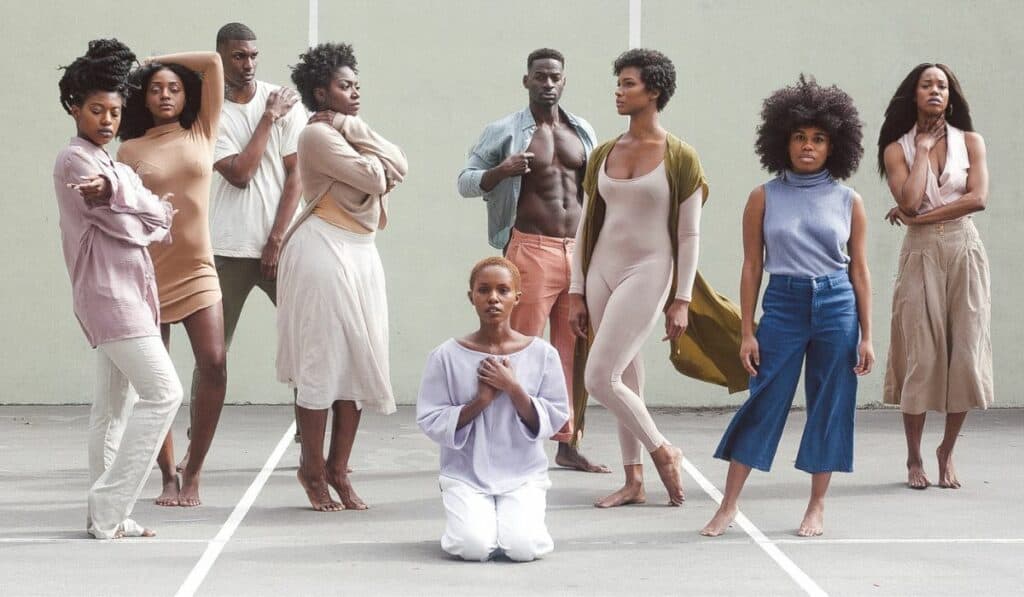
Success isn't about luck; it's about effort. True allure is forged in the quiet hours you spend getting the lighting just right and meticulously styling every shot. The world only sees the final, polished image, but they feel the depth of the work you put in. With the fashion photography tips in this guide, you now have a solid foundation for how to photograph clothes for Instagram in a way that truly captures attention.
Now go on. Meticulously craft your beautiful illusions so people can buy things they don't need to impress people they don't like. It's the circle of life.
While these strategies are proven to work, every account is unique. Get a personalized audit that analyzes your specific account data and provides tailored recommendations for growth and monetization.